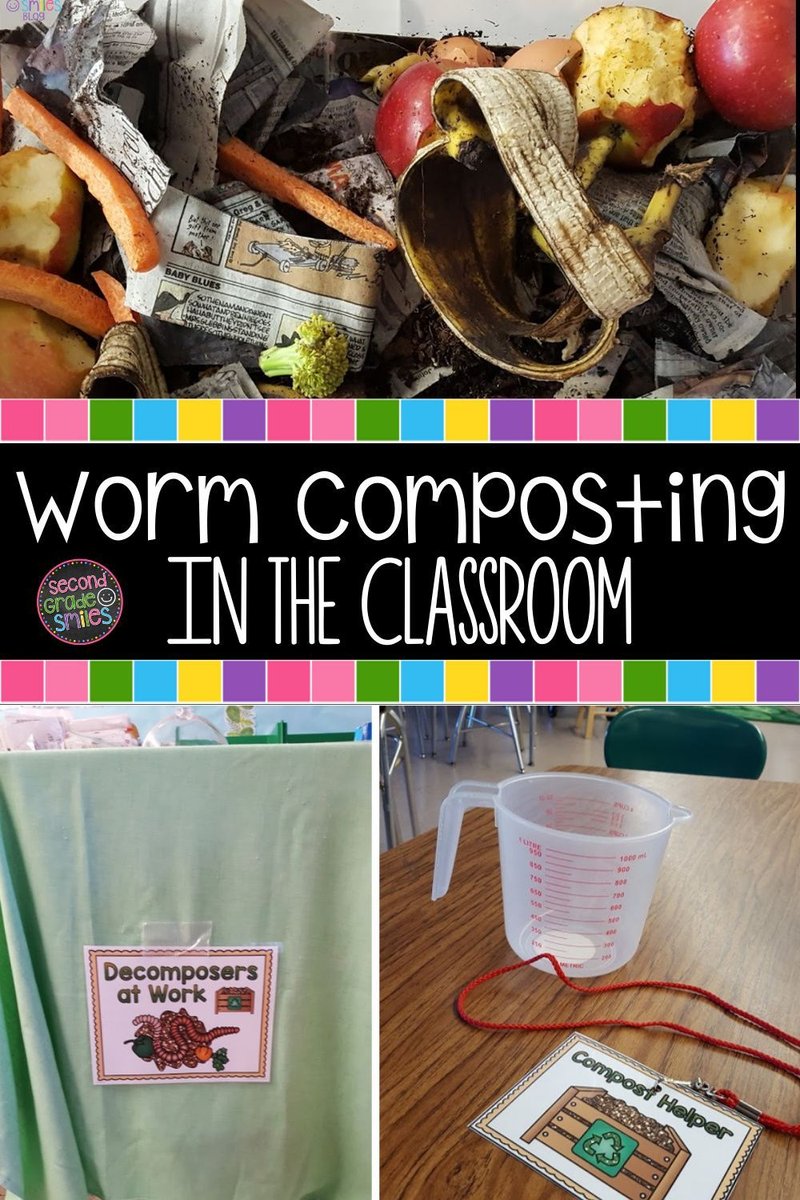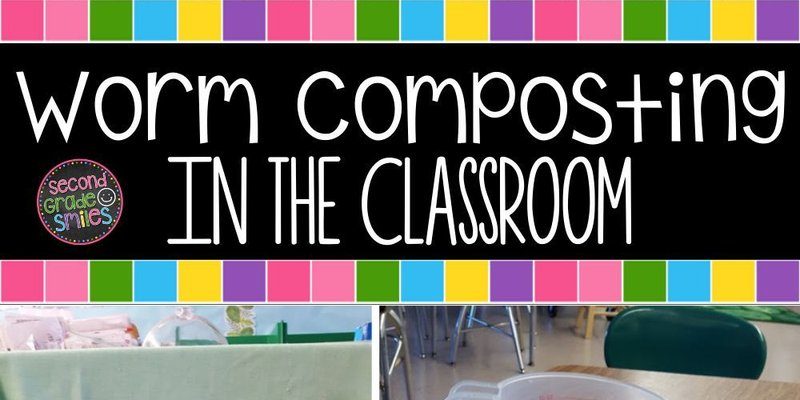
Using worms in science demonstrations is like having a living, breathing experiment right in your classroom. These worms break down organic matter and create nutrient-rich compost, which can serve as a hands-on way to teach students about decomposition, nutrient cycling, and the importance of soil health. So, grab that cup of coffee, and let’s dive in and explore why these tiny creatures deserve a spot in your lessons!
What Are Worm Bin Worms?
Worm bin worms, specifically the red wigglers, are not just any worms. They’re a special breed that thrives in compost and are perfect for indoor worm bins. Think of these worms as nature’s recyclers. They take organic waste—like fruit peels or leftover veggies—and transform it into something valuable. It’s like having a mini factory in your classroom!
These worms can eat their body weight in food every day, breaking it down into castings—a fancy word for worm poop. But here’s the fun part: those castings are packed with nutrients that plants love. Imagine telling your students that these little guys are mini superheroes for soil health!
Worm bin worms typically live in conditions that shouldn’t be too cold or too hot. They prefer a damp environment, which makes maintaining a classroom worm bin a fun and interactive project for students. Keeping those worms cozy is part of the adventure!
Setting Up a Classroom Worm Bin
Setting up a classroom worm bin is easier than you might think. First, you need to gather some supplies. Here’s a quick rundown of what you’ll need:
- A bin (plastic or wooden, around 10-20 gallons)
- Shredded newspaper or cardboard for bedding
- A handful of soil to introduce friendly bacteria
- Red wigglers (about a pound for starters)
- Kitchen scraps for feeding (like veggie peels)
Start by drilling some holes in the bin’s lid and sides for ventilation. Then, line the bottom with shredded newspaper or cardboard, wet it slightly, and mix in some soil. This bedding mimics the worm’s natural environment and keeps them feeling at home. Pour in the worms and sprinkle a little food on top after a few days—don’t worry, they’ll find it!
Letting students participate in this setup builds excitement. They’ll be involved in every step, and that hands-on experience is what makes learning stick.
How to Care for Your Worms
Now that you have your worm bin, it’s time to talk about care. Honestly, worms are pretty low-maintenance, but they do need some attention. One of the first things you might be wondering is, “What do I feed them?” Thankfully, red wigglers aren’t picky eaters.
You can feed them:
- Fruits and veggies (avoid citrus and onion)
- Eggshells (they help with calcium)
- Shredded paper or cardboard (for bulk)
An important part of worm care is checking moisture levels. You want to keep the bedding damp but not soggy. If it feels too dry, add some water. If it’s too wet, add more shredded newspaper. This moisture balance is crucial, as worms breathe through their skin!
Also, let your students track the bin’s progress. Create a chart where they can note what happens each week. They’ll love seeing the transformation from waste to nutrient-rich castings.
Key Educational Benefits
Using worm bin worms in school science demonstrations isn’t just about watching worms wiggle around; it has significant educational benefits. For one, it fosters a connection to nature. In a world dominated by technology, having a living system in the classroom can remind students of the vital cycles in nature.
Plus, it’s a fantastic way to teach students about decomposition and its role in ecosystems. They’ll see firsthand how organic matter breaks down and returns nutrients to the soil. This could spark discussions about composting at home, making them more environmentally conscious.
Another benefit is the opportunity to cover practical skills. Students can learn about measuring, tracking changes, and even basic biology. If you have little scientists, they can even experiment with different food types to see how it affects the worms’ activity. The possibilities are endless!
Common Questions & Troubleshooting
You might run into a few hiccups while managing your worm bin. Here are some common issues and how to tackle them. First up, if your bin starts to smell, that’s a sign something’s off. It could be too wet or there’s uneaten food. Check your moisture levels and remove any spoiled bits.
Another question might be: “What if my worms are escaping?” Worms are like little adventurers, and if they’re trying to escape, it usually means they’re unhappy. This could be due to too much moisture or not enough food. Make sure their home is just right!
Lastly, you might wonder about how long the worms will live. Generally, red wigglers can live for about 1 to 2 years, but with proper care, that can be extended. Keeping a close eye on their health and conditions will help ensure they thrive.
Integrating Worms into Your Curriculum
So how do you bring these amazing creatures into your lessons? Start with a simple life cycle lesson. You can explain how worms reproduce, and even set up a miniature food chain using your worm bin to demonstrate the interconnectedness of life.
You could also pair your worm bin with topics on recycling and sustainability. Discuss how composting can reduce waste and improve soil health, encouraging students to think about their own consumption habits.
Additionally, engage in projects like creating a chart to compare the amount of food waste produced by the class compared to the amount the worms consume. This kind of math and science integration can help solidify cross-curricular learning.
Incorporating worm bin worms into school science demonstrations is not only educational but also incredibly rewarding. You’re creating a living experiment that engages students in real-world science. They’ll see the impact of their actions, learn about ecosystems, and even feel more connected to the environment.
So, as you gather your supplies and set up that worm bin, imagine the conversations and excitement it will spark in your classroom. It’s not just about the worms; it’s about fostering curiosity, responsibility, and a love for learning. Let those little squirmy scientists inspire the next generation of eco-warriors!

